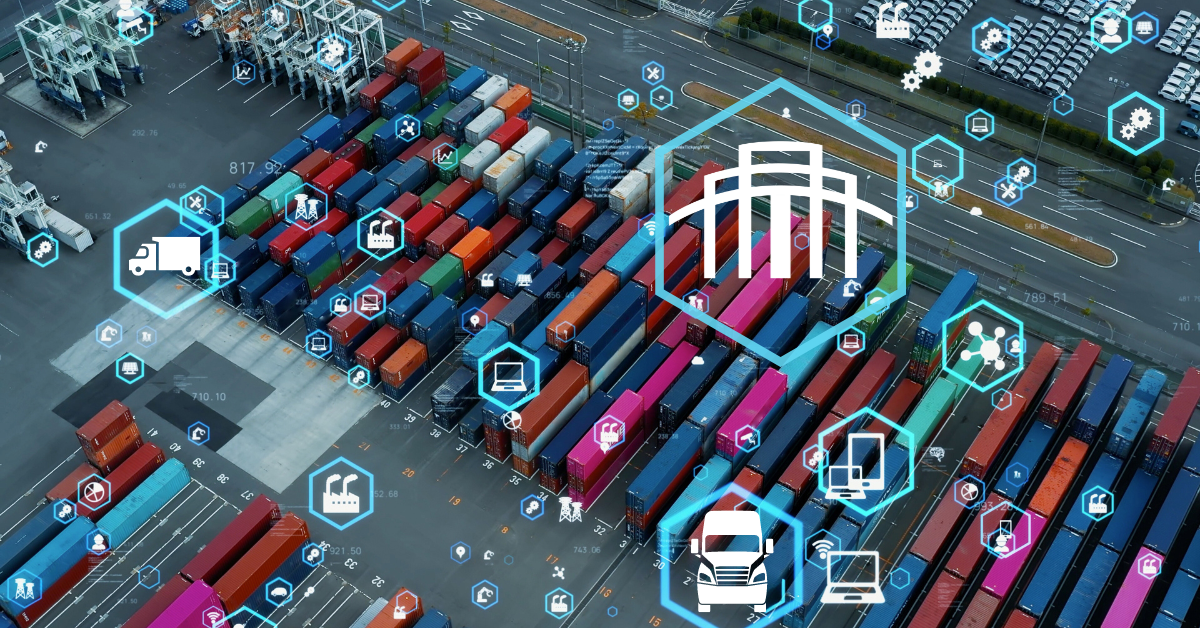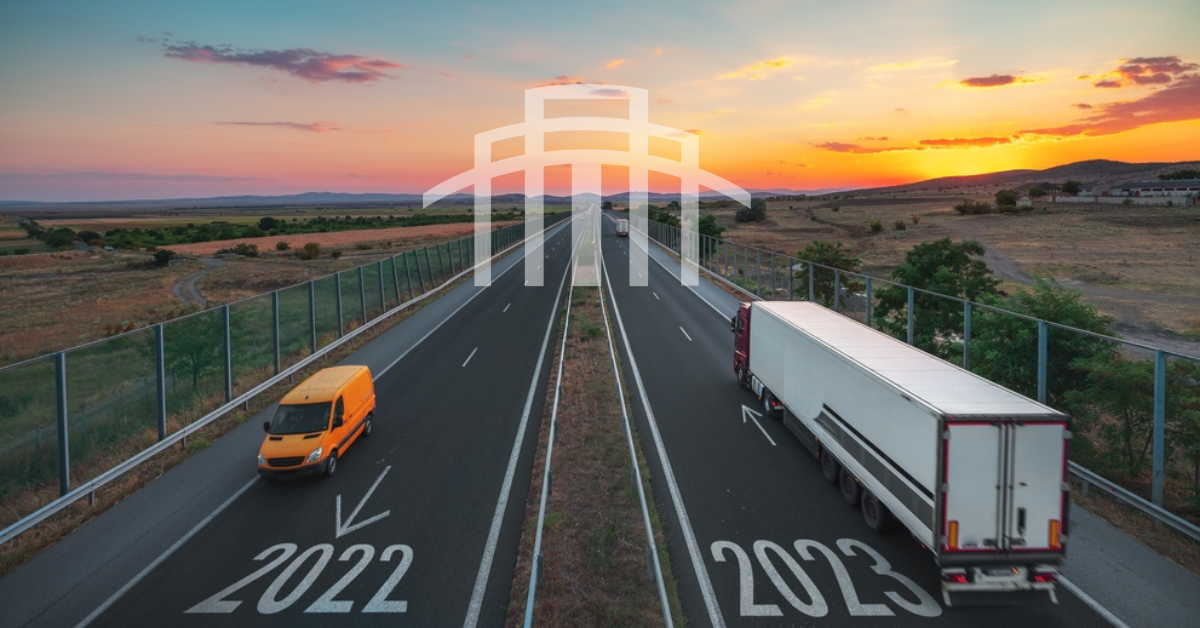As we approach the peak shipping season, Shippers and 3PLs are bracing for the annual surge in demand. The latest shipping data reveals that U.S. companies will be importing more items for the holidays this year as compared to last year, according to the CNBC Supply Chain Survey.
This period, driven by holiday shopping, back-to-school sales and year-end inventory clearances, always presents a unique set of challenges for supply chains. The global supply chain faces pressures from increased consumer expectations and market volatility. The question on everyone's mind: How can businesses navigate these turbulent waters? The answer lies in leveraging advanced technology.









